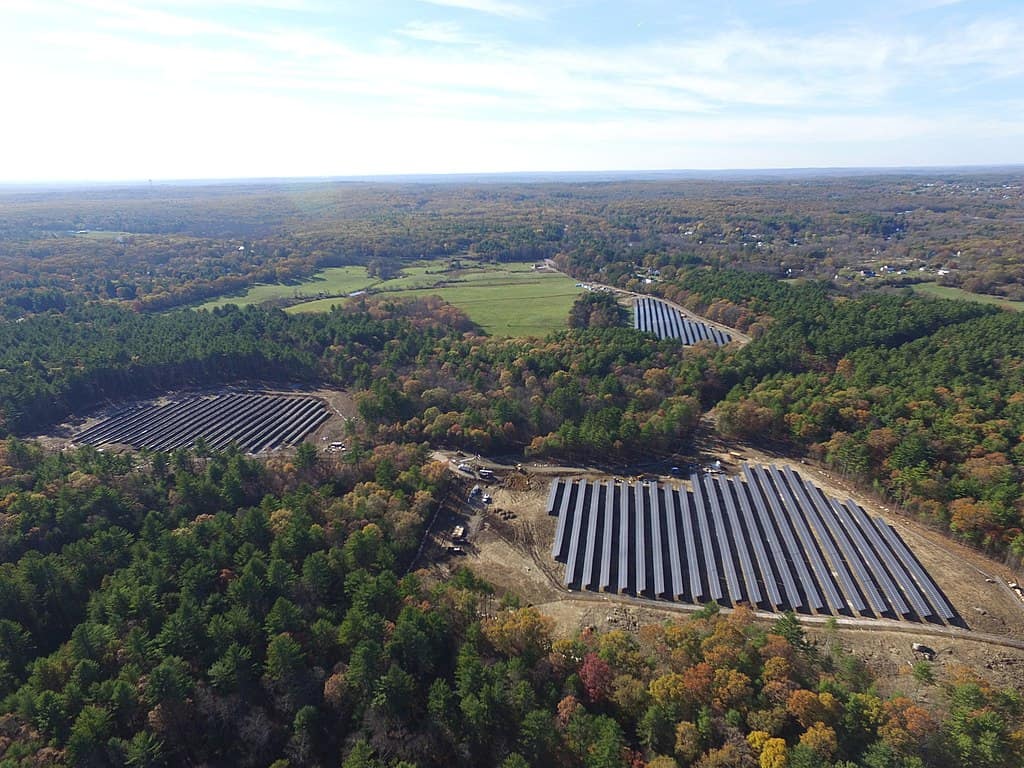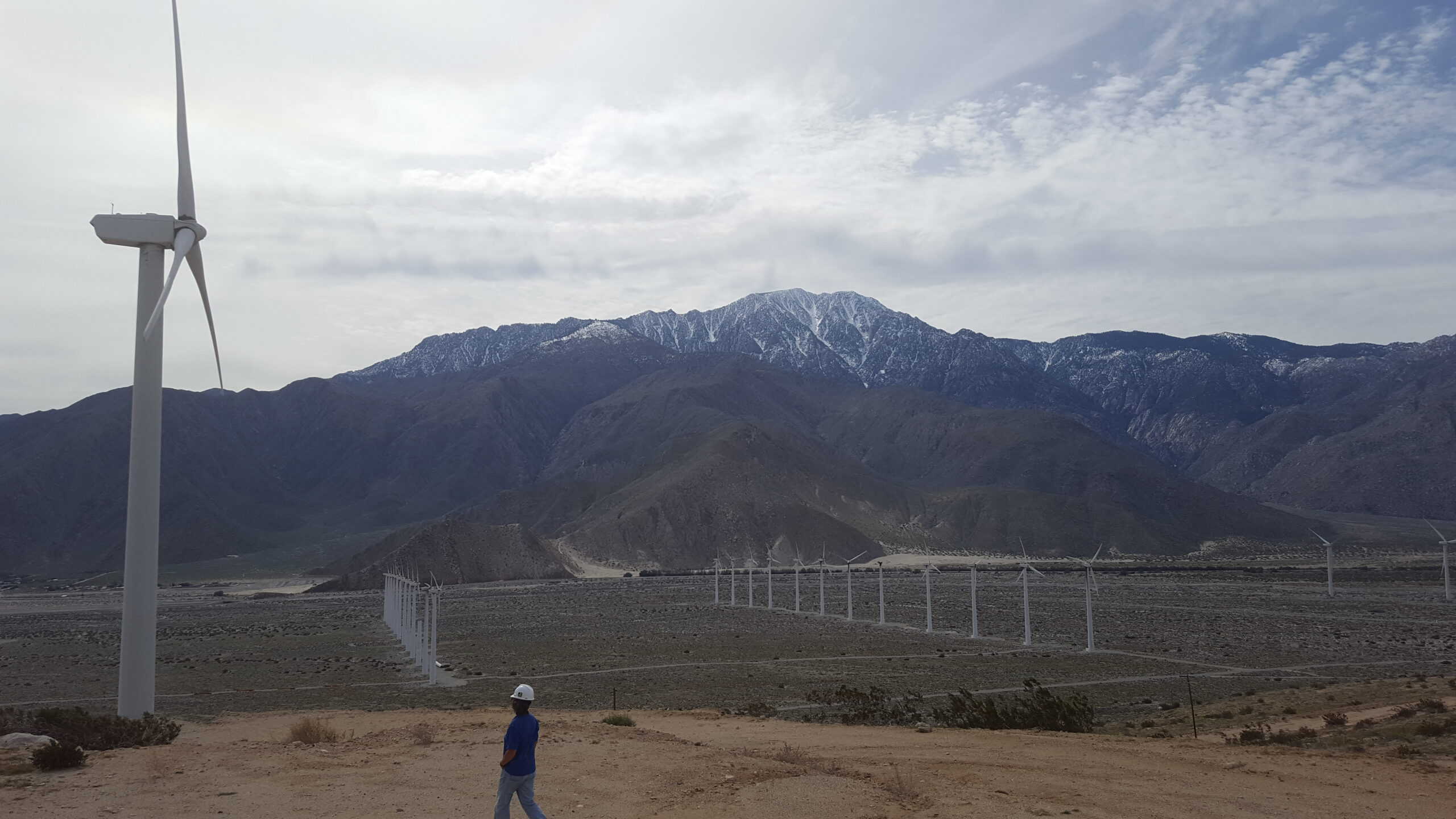Share this article
TWS comments on utility-scale solar installations
TWS leveraged the Conservation Affairs Network to develop comments reflecting members' expertise on renewable energy effects on wildlife
The Wildlife Society recently recommended the Bureau of Land Management employ the best available science to minimize negative effects on wildlife from utility-scale solar energy developments.
This suggestion was part of a comprehensive set of comments to the Bureau of Land Management regarding the draft Programmatic Environmental Impact Statement (PEIS) for Utility-Scale Solar Energy Development.
Comments were developed in coordination with—and later co-signed by—a number of TWS sections and chapters, as well as TWS’ Renewable Energy Working Group. The comments highlight the importance of TWS’ Conservation Affairs Network in leveraging the expertise of TWS’ members in the organization’s federal policy engagement. Through this network, members from affected units and relevant working groups coordinated to establish the scope and framework of TWS’ comments to the BLM.
The BLM’s PEIS aims to update the 2012 Western Solar Plan, as mandated by Executive Order 14008 and the Energy Act of 2020. This legislative framework sets ambitious targets, including a goal of 25 gigawatts of electricity from wind, solar and geothermal projects on public lands by 2025. Originally covering six southwestern states—Arizona, California, Colorado, Nevada, New Mexico and Utah—the plan’s scope is now under consideration for expansion to also include Idaho, Montana, Oregon, Washington and Wyoming. This expansion reflects the evolving landscape of renewable energy development and emphasizes the need for comprehensive and local engagement to guide such endeavors.
In its comments, TWS emphasized the importance of using the best available data to inform siting decisions for utility-scale solar energy development. The PEIS as written, relies on existing resource management plans that are, in some cases, significantly out of date. By leveraging the most up-to-date scientific information and research findings, the BLM can make informed choices that minimize negative impacts on wildlife and its habitats while maximizing the efficacy of renewable energy projects.
Additionally, TWS recommended prioritizing the siting of utility-scale solar installations on previously disturbed lands and areas close to existing transmission infrastructure. This strategic approach not only minimizes further habitat destruction but also maximizes the efficiency of energy transmission, thereby reducing the overall ecological footprint of renewable energy projects.
TWS urged a holistic approach that considers the potential impacts on all wildlife, regardless of federal listing status. This included recommendations to consider the needs of species of greatest conservation need, at-risk wildlife, and birds of conservation concern. This approach would ensure that planning efforts are comprehensive and effective in safeguarding biodiversity and ecological resilience in the face of renewable energy development pressures.
Moreover, TWS emphasized the importance of recognizing and mitigating the indirect impacts of solar installations on wildlife behavior and migration patterns. Comments specifically recommended introducing a science-based buffer around exclusion areas in the PEIS to account for avoidance of and attraction to solar facilities on the landscape. By integrating design features that minimize disturbances and implementing adaptive management strategies, the BLM can mitigate long-term impacts on wildlife populations and their habitats.
Collaboration is central to The Wildlife Society’s advocacy efforts. Through the Conservation Affairs Network, participants emphasized the locally relevant impacts of the PEIS and provided crucial data and peer-reviewed literature to strengthen the final comments. The comments were co-signed by TWS’ Western and Southwest Sections, Montana, Nevada, New Mexico, Oregon, and Sacremento-Shasta Chapters, and Renewable Energy Working Group.
Header Image: This solar farm was built in Mendon, Massachusetts. The property was previously undeveloped forested land and was partially used for farming. Credit: Lucas Faria








